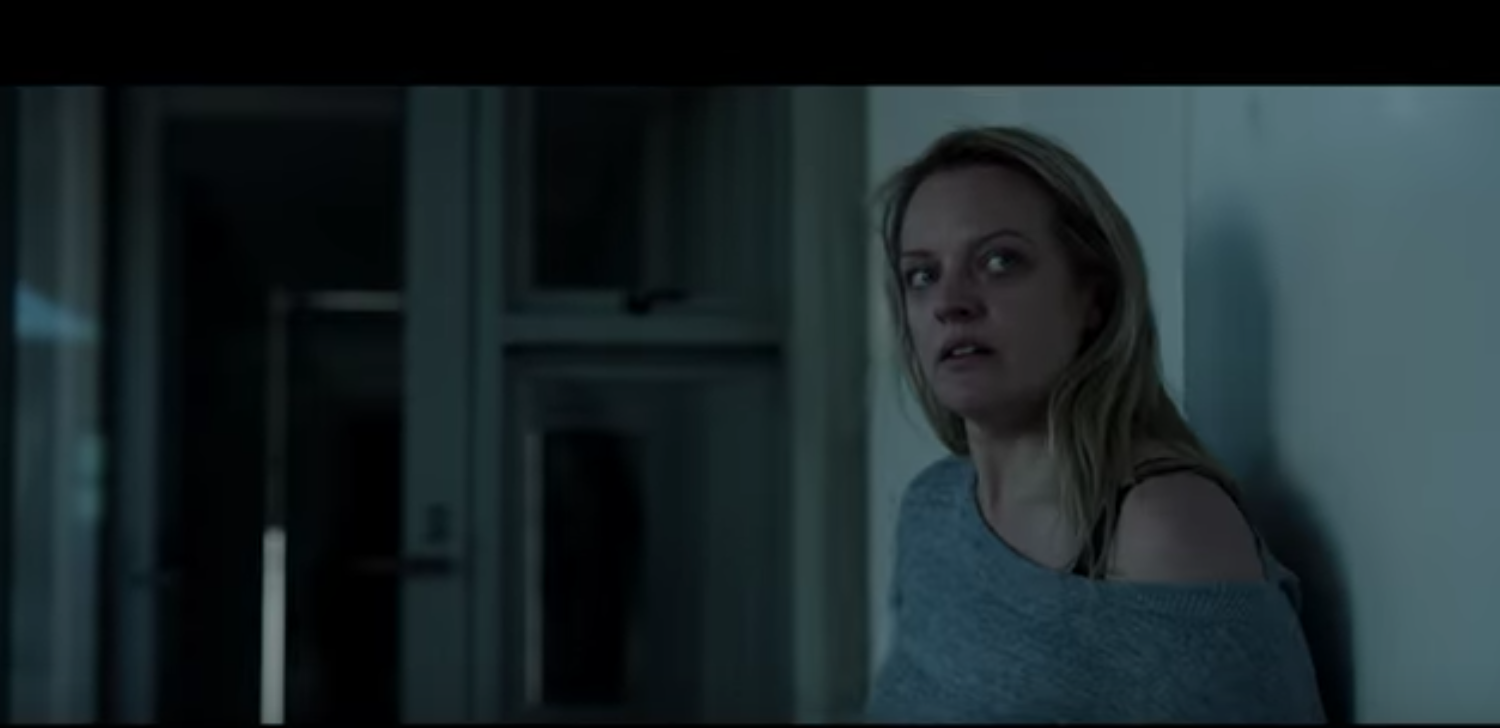“The Invisible Man” (2020) – “Death’s got an Invisibility Cloak?” Harry interrupted again. “So he can sneak up on people,” said Ron. “Sometimes he gets bored of running at them, flapping his arms and shrieking.” – J.K. Rowling, “Harry Potter and the Deathly Hallows”
“In fact, even among women who have experienced violence from a partner, half or more report that the man’s emotional abuse is what is causing them the greatest harm.” – Lundy Bancroft, “Why Does He Do That?: Inside the Minds of Angry and Controlling Men”
Ever wish that you had a superhuman ability? Superspeed or unstoppable strength? Flight, perhaps? Always correctly choosing the quickest grocery store line?
Invisibility is a useful superpower too, but it is also a morally shaky one. What’s the point, right? Although, this covert gift would pay enormous crime-fighting dividends to police detectives everywhere, John or Jane Q. Public might tap into this transparent aptitude to eavesdrop on spouses, friends, frenemies, or coworkers, or maybe start a life of everyday mischief. Pondering ways to collect buckets of loot might become an obsession, and sure, walking into an Arizona Diamondbacks game or Foo Fighters concert undetected has financial advantages too.
In writer/director Leigh Whannell’s “The Invisible Man”, Adrian Griffin (Oliver Jackson-Cohen) – a groundbreaker in optics…so we’re told – has much more insidious intentions than watching Dave Grohl burst into “Monkey Wrench” at a stadium show.
Most unfortunately, his wife Cecilia Kass (Elisabeth Moss) is the sole target of his malicious ire in a film that could be called “Sleeping with the Invisible Enemy”.
When we first meet Cecilia, she’s not sleeping. She’s lying awake in her bed and starring at the clock, as it unceremoniously strikes 3:42am, but this is her moment. While her husband Adrian slumbers, she slowly moves his hand away from her midsection, crawls out of bed, grabs some belongings, tiptoes through a labyrinth of cold, sterile hallways within their modern-day coastal mansion – that Tony Stark would admire – and runs away.
She leaves with good reason, because Cecilia – off camera – suffered years of torment. Adrian tried – and was largely successful – to monetarily, emotionally and physically control her. Whenever Cecilia rebelled, he met her with several stripes of additional abuse. She lived a nightmare with a sociopath but now attempts to find solace with her friend James (Aldis Hodge) and his teenage daughter Sydney (Storm Reid).
For reasons that will not be revealed in this review, James, Sydney and Cecilia’s sister Emily (Harriet Dyer) believe that she is now completely free from Adrian, but then, like a ghost, he appears in James’ house. No, Cecilia can’t see Adrian, but she’s convinced that he’s present.
He’s invisible.
Even though Whannell brings this classic villain back to the big screen, his movie – that sports first-rate production values and a thumping score to match – really falls into a highly-visible genre: abused wives fighting back against their ghastly, controlling husbands. The TV movie “The Burning Bed” (1984) starring the late-Farrah Fawcett might be the most noteworthy example over the last 40 years, and the aforementioned “Sleeping with the Enemy” (1991) is frequently called out too. The latter is also the only thriller in history in which an organized kitchen cabinet terrifies the audience. Oh, those creepy V-8 cans…truly!
Here, the first half of “The Invisible Man” is a straight-up horror film, and especially within James’ house. Whannell effectively introduces tones from recent flicks like “Insidious” (2010), “The Conjuring” (2013) and “Ouija: Origin of Evil” (2016), where his camera peaks around corners and doorways and stares into blank walls. He ratchets up the tension in anticipation of horrible scares, as Cecilia stares with wide eyes and barely breathes in near silence.
After a while, however, the narrative cannot – and quite frankly, should not – stay self-contained and isolated within one abode for two hours. Whannell establishes the initial terror, but he needs more actual space to properly drive the story, because Cecilia dodging and wrestling the appearance of nothing from the hallway to the kitchen and to the living room and back gets a little tedious.
As the scope expands, the picture shifts from horror to thriller, and the violence and body count grow exponentially. The scares ironically dwindle, but the interest in Cecilia’s fate never wavers. Credit Whannell and Moss. Moss is especially convincing in this very physical role. Cecilia is an emotionally drained abuse victim and resembles a frazzled poker player who guzzled a couple gallons of Red Bull during a 72-hour bender, while – of course – an erratic maniac chases her in-between hands. She’s extremely stressed, and Adrian, a master manipulator, is the sole cause of it.
The film repeatedly triggers the audience (especially women), including a defining moment when Cecilia pleads, “(Adrian) made me feel that I’m the crazy one.”
She’s not, and neither are you for seeking out this old monster story with a new angle. For Cecilia and millions of others who currently suffer in damaging, controlling relationships, they may feel that a superhuman ability is needed to break away.
⭐⭐⭐ out of ⭐⭐⭐⭐
Image and Trailer credits: Universal Pictures




